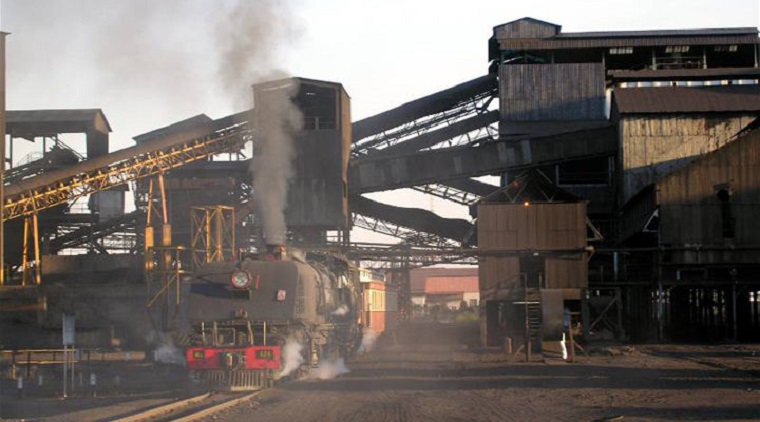Hwange Colliery Company’s latest set of financial results raise questions about its going concern status and the ability of its major shareholder, the government, to engineer a turnaround of the coal miner.
Given its financial history in the past five years, and its precarious balance sheet which shows total liabilities exceeding total assets by $168 million, lenders are unwilling to extend any financial assistance, chairman Winston Chitando conceded.
“The Company during the year faced serious liquidity challenges with financial institutions and creditors unwilling to extend lines of credit,” said Chitando in a statement accompanying the company’s 2016 financial results.
The shortage of working capital to purchase critical inputs and spares has constrained the company’s capacity utilisation with total raw coal mined declining by 37.78 percent to 969 153 tonnes relative to 1 557 567 tonnes in 2015.
Hwange has been in financial crisis for so long that it seems a trick of the mind that it remains in operation.
Revenue has been dropping in the last three consecutive years on the back of low production volumes worsened by inadequate working capital.
On average, revenue has been declining by 11 percent every year since 2013. The worst was in 2013 when revenue dropped 40 percent to $39.9 million from $67.6 million in the previous year.
The colliery has been also recording an operating loss since 2013, implying serious operational efficiency.
In 2013 the company recorded an operating loss of $40.4 million from its last operating profit in the past five years of $7.1 million in 2012.
The company last recorded a net profit in 2012 of $3.1 million, followed by a net loss of $30.9 million in 2013.
The figure has stood at $115.1 million and $89.9 million in the past two years respectively.
Between 2013 and 2016, the company had accumulated losses of $258.6 million and had a negative equity position of $167.6 million as at December 31, 2016.
Total assets valuation has fallen dramatically, from $256 million in 2012 to $182.7 million in 2016 while liabilities have more than doubled to $360.4 million in the same period.
Debt overhang overshot as borrowings trebled in 2016 to $91 million from $29.8 million in the previous year following the major shareholder, government’s efforts to bailout the ailing company through issuance of treasury bills.
Continued next page
(48 VIEWS)







0 Comments